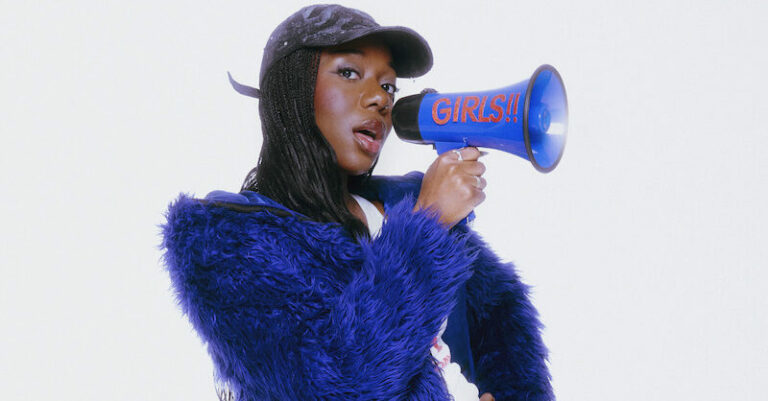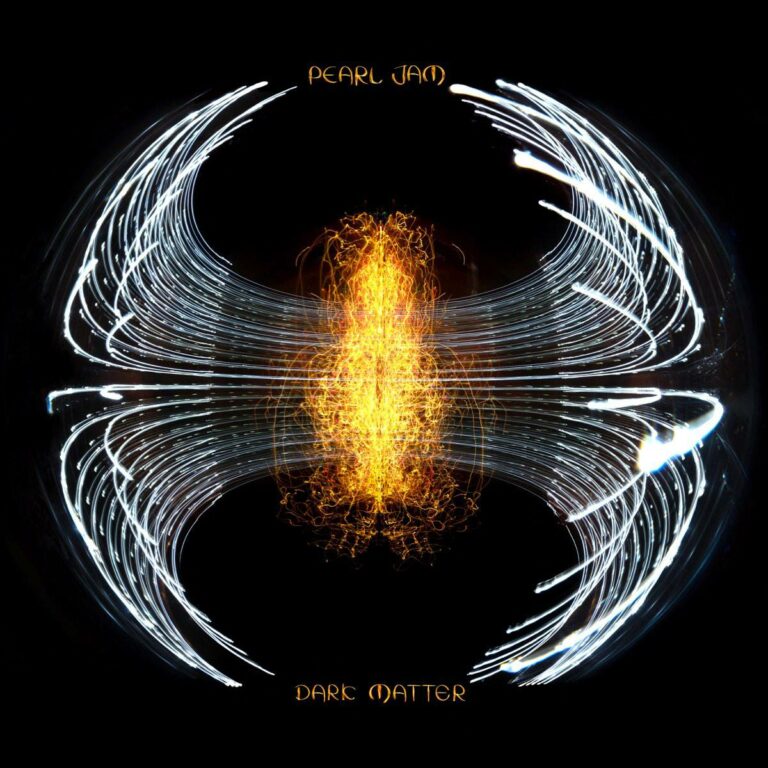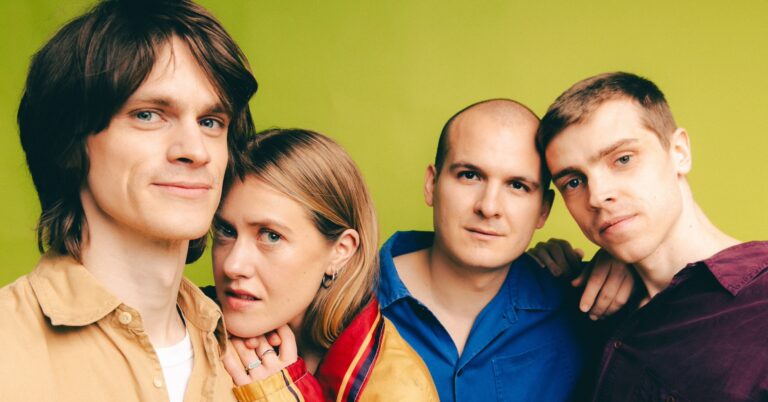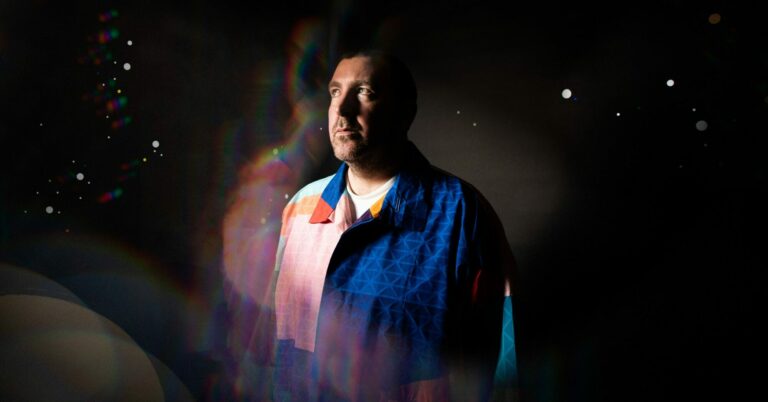The fascinating world of gambling has largely shifted to the online landscape as players migrate to Internet casinos. There is still tremendous interest in brick-and-mortar operators, with established locations such as Las Vegas and Macau thriving. In recent years, we have witnessed a growing interest in new casino destinations all over the world. In the paragraphs below, we investigate the rise of emerging cities for the gambling industry and highlight the strongest trends.
Factors Driving the Rise of Emerging Casino Cities
Las Vegas is widely regarded as the main destination for gamblers who want to enjoy the best of both worlds. In addition to playing their favourite slots, table games, video poker, and other popular genres, they can also enjoy the finest entertainment programs. Luxury hotels, amazing restaurants, and huge shopping centres provide alternative ways of spending their time beyond gambling.
However, in recent years, and especially in the wake of the pandemic, the vast majority of players have preferred online casinos. Some appreciate the convenience of Internet gambling, while others cherish promotions, such as 3 deposit casino – Slotozilla bonuses that allow you to try the best games from your device without hefty deposits.
Others have simply gotten used to the social distancing imposed by the COVID-19 crisis and no longer seek the company of their peers. Regardless of the reasons that push them towards online gambling, the trend seems irreversible.
Despite all these changes, the land-based casino industry is still finding ways to retain existing players and appeal to new gamblers. Furthermore, emerging casino cities tap into the local potential to offer something unique and appealing. There are many reasons why they thrive in this less-than-ideal environment, but these are the main five factors:
- Economic Development
- Tourism Diversification
- Legislation Changes
- Global Competition
- Changing Consumer Preferences
Emerging Casino Destinations Around the Globe
Gambling has always been an important source of revenue for local and national governments. However, many nations have frowned upon the idea of creating gambling hubs, fearing the risk of addiction and rising crime. Some chose to bar local players from gambling while leveraging the casino industry to stimulate economic growth and development. Casinos become integral components of urban revitalisation projects, attracting investments and creating job opportunities.
| Emerging Cities |
Factors Driving Growth |
| Singapore |
Economic development and integrated resorts |
| Manila |
Legislation changes, and Entertainment City |
| Jeju Island |
Government focus on attracting international visitors |
| Biloxi |
Economic revitalisation through the casino industry |
| Macao |
Adapting to changing consumer preferences |
Casinos supply an additional source of revenue while providing tourists with more ways to spend their time. Through proper legislation and regulations, governments can create a safe environment for players while mitigating the risks. Competition is strong, so compromises are sometimes needed, but the recipe for success has been, in most cases, the establishment of world-class facilities. As modern punters are not solely interested in gambling, casinos have broadened their horizons to include entertainment, dining, and wellness facilities.
At the time of writing, these are the top five emerging cities for the casino industry:
- Macao, China
- Singapore
- Manila, Philippines
- Jeju Island, South Korea
- Biloxi, Mississippi
Macau and Manila
Macau and Singapore compete for the title of the most appealing casino place in Asia, with the Chinese city having a clear advantage. It has been around for longer, and it is considered an established destination, yet it constantly evolves to adapt to the changing market dynamics. Marina Bay Sands and Resorts World Sentosa have placed Singapore on the map of global gambling with an eclectic mix of gaming, luxury accommodations, and entertainment.
Jeju Island
Jeju Island is the place where travellers to South Korea can enjoy the best gambling experience, although locals are not accepted. The Jeju Dream Tower is the most iconic place, and it attracts travellers with its hotels and fantastic entertainment options. Manila has also emerged as an appealing destination for casino enthusiasts, thanks to growing support from the government. This huge city in southeast Asia is still behind the curve in terms of gambling but has tremendous potential for growth.
Atlantic City and Biloxi
In the United States, Atlantic City is regarded as the second-best option for gambling, although it trails Las Vegas at a great distance. However, in recent years it has lost much of its shine, and few investments have been made to revitalise the casino industry. Instead, Biloxi in Mississippi has emerged as a strong contender, with massive investments made in the wake of Hurricane Katrina. The entire Gulf Coast region is experiencing a resurgence that positively reverberates across the casino industry.
Boosts and Challenges for Local Economies
When something sounds too good to be true, it usually is, so people are entitled to be suspicious when the arrival of land-based casinos is hailed as a miraculous solution. There are pros and cons associated with such a decision, but overall, the advantages greatly outweigh the shortcomings. The obvious benefit of bringing casinos to new cities is the profound impact on local economies. Gambling operators stimulate other economic sectors in addition to the direct revenue generated from games.
Job Creation and Infrastructure Development
Job creation is a benefit that can’t be underestimated, as a lot of people work in casinos and for the associated businesses. As more tourists flock to the location, the demand for services is growing, and more people are needed to staff the places offering such benefits. The domino effect is obvious and for all the good reasons, with an influx of capital soon to follow such expansion. Even the infrastructure usually improves, as it is needed to serve a growing number of people coming to town.
Furthermore, there’s a far more convenient option for earning, allowing you to make money from anywhere in the world, regardless of your location. Yes, we’re referring to online casinos. Thanks to review platforms like FSND, you can significantly enhance your gambling strategy, which can also accelerate your income in the future.
Navigating Challenge
New casinos coming to cities that don’t have such an industry will enjoy the vacuum of competition and will grow at an accelerated pace. However, they face real challenges from established hubs such as Las Vegas and need to offer something fresh and original. This requires creativity and a lot of money to have a chance in this highly competitive environment. Everything is lost unless they also find a way to improve the public perception by highlighting the benefits of land-based casinos.
Conclusion
Major casino groups are always looking for new places to open shop, and emerging cities are obvious destinations. Those who embrace the gambling industry reap many benefits but also face unique and diverse challenges. In recent years, more cities have opened their borders to gambling groups, and some have tremendous potential for growth. With proper consideration of regulatory frameworks, community engagement, and sustainable practices, their future is quite bright.











